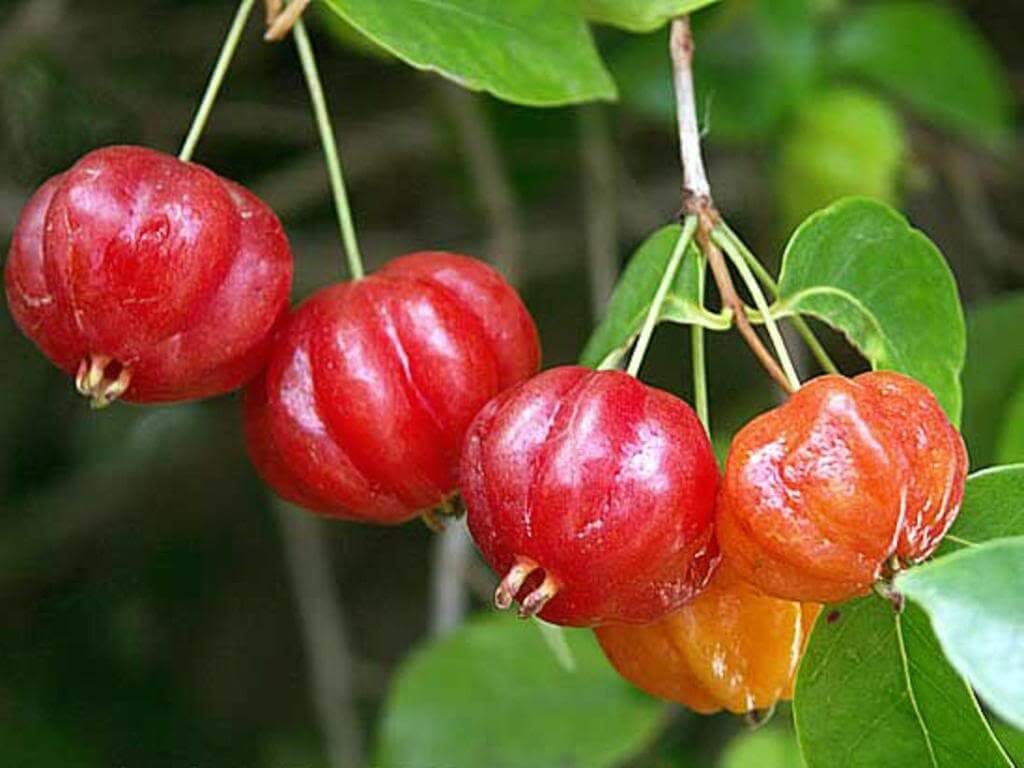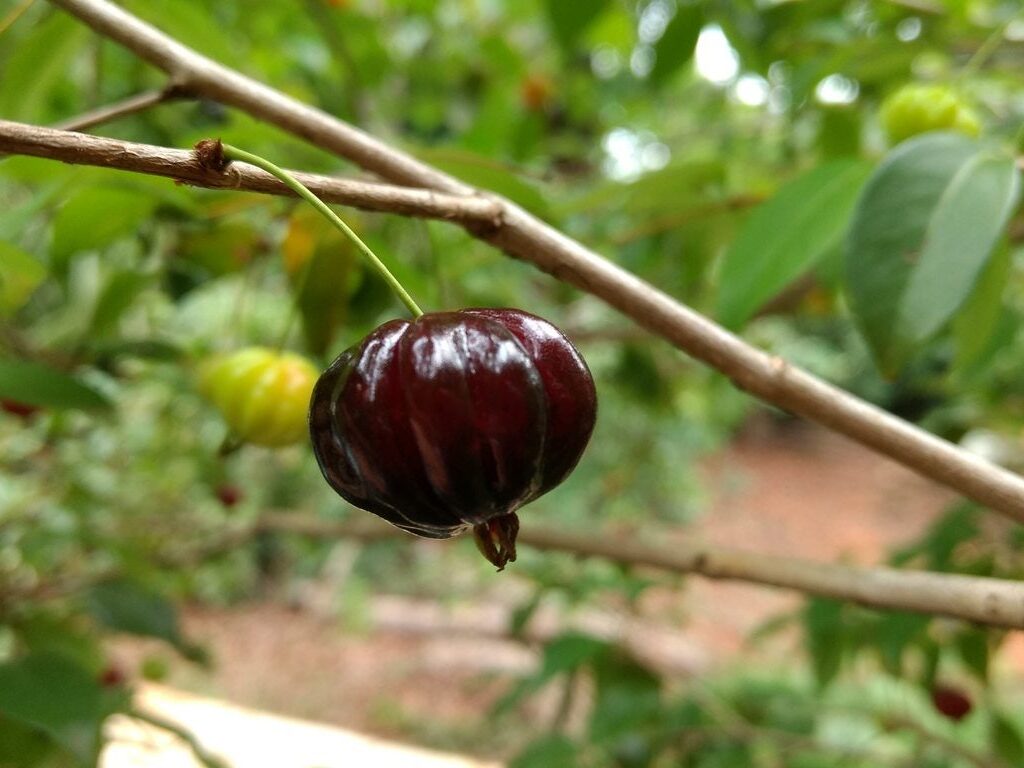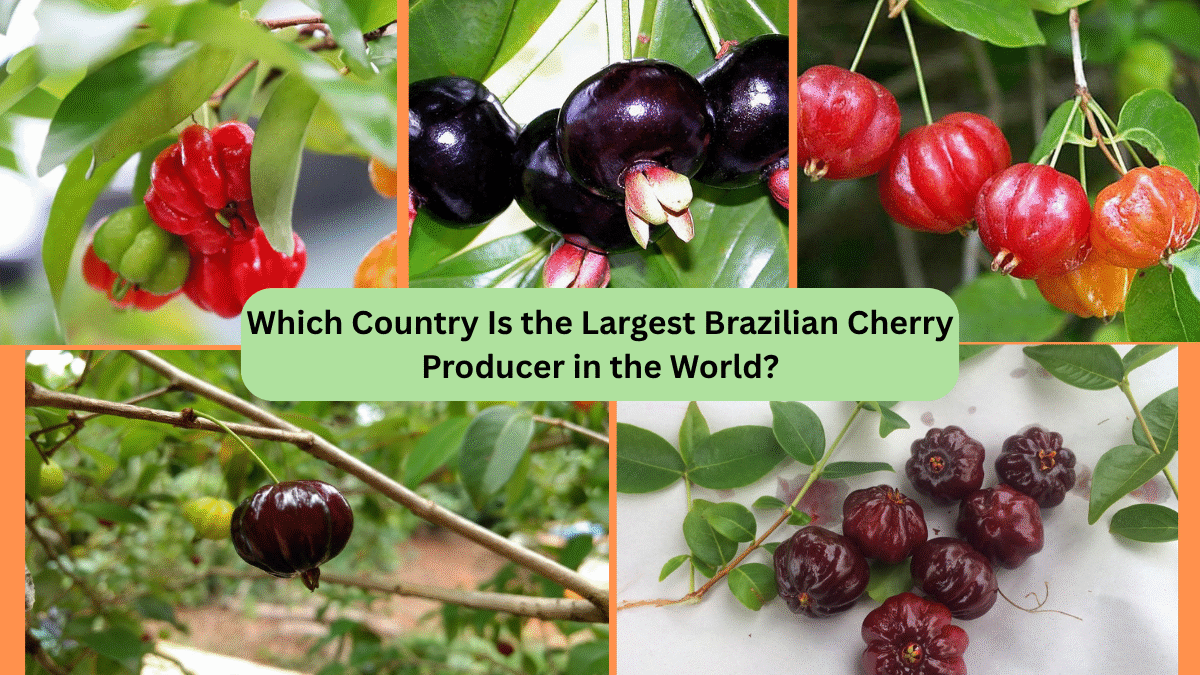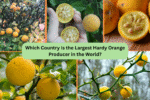The Brazilian Cherry (Eugenia uniflora), also known as Pitanga or Surinam Cherry, is a tropical fruit native to South America. This brightly colored, sweet-tart fruit is popular for its unique flavor, high nutritional value, and ornamental appeal. While many countries in tropical and subtropical regions cultivate Brazilian cherry, one nation has firmly established itself as the world’s leading producer. This article explores which country produces the most Brazilian cherry, the reasons behind its dominance, and the fruit’s economic, cultural, and nutritional significance.
What is Brazilian Cherry?

The Brazilian cherry is a small, ribbed fruit that ranges in color from green to orange, bright red, and deep purple when fully ripe. It grows on a small, bushy tree that can reach up to 10 meters in height and is appreciated for its glossy foliage and attractive flowers.
Scientific Name: Eugenia uniflora
Common Names: Brazilian Cherry, Pitanga, Surinam Cherry, Cayenne Cherry
Origin: South America (specifically Brazil, Uruguay, Paraguay, and northern Argentina)
The Largest Brazilian Cherry Producer in the World: Brazil
Brazil is the world’s largest producer of Brazilian Cherry.
Why Brazil Leads Brazilian Cherry Production
1. Native Habitat and Climate Suitability:
Brazilian cherry naturally thrives in Brazil’s tropical and subtropical regions, where the climate offers ideal warmth, humidity, and rainfall for the plant’s optimal growth.
2. Abundant Cultivation Area:
Widespread both in wild forests and cultivated gardens, Brazilian cherry trees are found across Brazil, particularly in the states of Bahia, Minas Gerais, São Paulo, and Rio de Janeiro.
3. Culinary and Cultural Significance:
In Brazil, the fruit is a popular backyard staple, eaten fresh or used in jams, juices, liqueurs, and desserts. The wood of the Brazilian cherry tree is also valued for furniture and construction.
4. Export and Ornamental Demand:
Apart from fresh consumption, Brazil exports Brazilian cherry seeds and saplings, as the tree is favored for ornamental purposes in tropical and subtropical countries worldwide.
Production Statistics

- Brazil contributes approximately 60-70% of global Brazilian cherry production.
- The fruit is widely harvested both commercially and by home gardeners.
- Brazilian cherry remains an important species in regional agroforestry and urban landscaping projects.
Other Brazilian Cherry Producing Countries
While Brazil dominates, several other countries cultivate Brazilian cherry for local use and niche markets:
- Uruguay: Native and widely grown in home gardens.
- Paraguay: Consumed fresh and in traditional preparations.
- Suriname: Highly popular, giving one of its namesakes.
- United States (Florida and Hawaii): Grown mainly for ornamental and backyard use.
- India and the Philippines: Increasingly cultivated as a tropical ornamental and niche fruit.
Nutritional and Health Benefits

Brazilian cherry is rich in nutrients and bioactive compounds:
- High in Vitamin C: Supports immunity and skin health.
- Anthocyanins and Polyphenols: Potent antioxidants that protect against oxidative stress.
- Essential Oils: Known for antibacterial and anti-inflammatory properties.
- Fiber: Aids in digestion and gut health.
Health Benefits:
- Boosts immune function.
- Aids in digestion.
- Reduces inflammation.
- Supports skin and vision health.
- Traditionally used to treat colds, fever, and digestive issues.
Common Uses
- Fresh Consumption: Eaten out of hand, often sprinkled with salt.
- Juices and Syrups: Popular for refreshing beverages.
- Jams and Jellies: Traditional homemade preserves.
- Desserts and Liqueurs: Adds flavor and color to various recipes.
- Ornamental Planting: Enhances landscapes with attractive foliage and fruits.
Economic and Ecological Importance in Brazil

- Employment and Livelihood: Supports small farmers and local markets.
- Urban Greening: Frequently planted along streets and parks for shade and aesthetics.
- Agroforestry Integration: Cultivated alongside other crops in sustainable farming systems.
- Soil Stabilization: Its dense root system prevents erosion.
Challenges in Brazilian Cherry Production
- Pest and Disease Pressure: Vulnerable to fruit flies and leaf spot diseases.
- Short Shelf Life: Highly perishable, limiting long-distance trade.
- Seasonal Availability: Limited harvesting window depending on region.
Research and Development

- Improved Cultivars: Focus on larger, sweeter fruits and disease resistance.
- Organic Farming Practices: Encouraging eco-friendly cultivation.
- Value-Added Products: Innovations in juices, jams, and natural remedies.
- Conservation Initiatives: Protecting wild genetic resources.
Sustainability and Environmental Benefits
- Pollinator Attraction: Supports bees and butterflies.
- Low Input Requirements: Requires minimal chemical fertilizers or pesticides.
- Carbon Sequestration: Contributes to reducing atmospheric carbon.
- Biodiversity Preservation: Integral to native ecosystems.
Future Prospects
- Growing Demand for Exotic Superfruits: Brazilian cherry’s nutrient density positions it well in health-focused markets.
- Urban and Home Gardening Trends: Its compact size and ornamental value make it ideal for small gardens.
- Nutraceutical and Herbal Products: Rising interest in natural remedies supports its value.
- Eco-Tourism and Agri-Tourism: Orchard visits and fruit-picking experiences attract tourists.
Conclusion
Brazil stands as the world’s largest producer of Brazilian cherry, driven by its native habitat advantage, cultural popularity, and agricultural importance. The fruit’s combination of nutritional benefits, culinary versatility, and ecological value ensures its continued relevance both locally and internationally.
As awareness of tropical superfruits grows, Brazilian cherry’s prospects in global niche markets and sustainable agriculture initiatives look increasingly promising. With continued investment in research, conservation, and value-added processing, Brazil’s leadership in Brazilian cherry production is set to thrive well into the future.





Leave A Comment